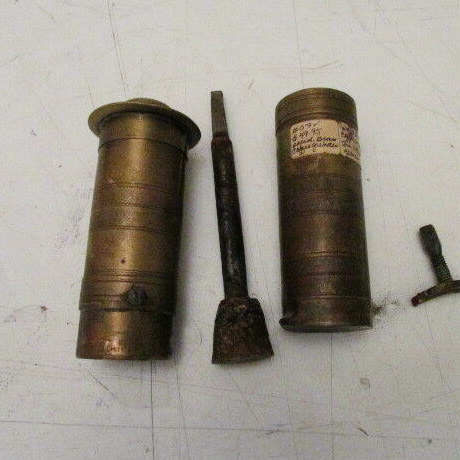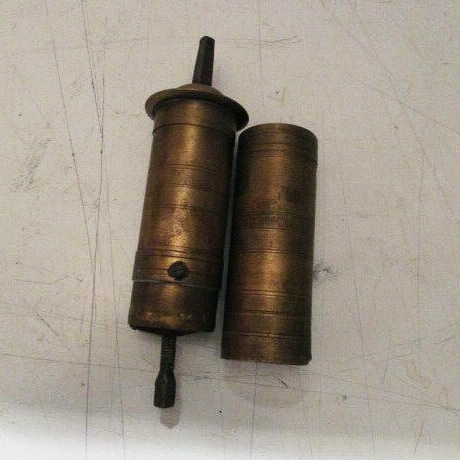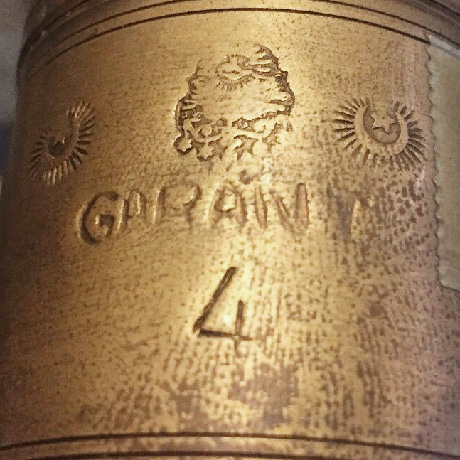We worked with Czech barista trainer Diana Dolejsi and World Barista Champion Gwilym Davies, to conduct a series of experiments designed to help us understand cezve preparation. We explored how variables like contact time, water temperature, and grind size interact in cezve preparation. In all these experiments we monitored the extraction yield, the amount of evaporation, and total contact time. After exploring a range of brewing parameters, one variable appeared to have a much larger effect on extraction yield than any other. The key variable in cezve brewing was grind size. Surprisingly, grind size had a far larger effect on extraction yields than end temperature. In the following two lessons, we provide a summary of all our experiments relating to the cezve.
Is it necessary, or desirable to grind as finely as possible with a الركوة?
مطحنة حجرية تقليدية..
If you look at traditional grinders made for producing coffee on what’s commonly termed a ‘Turkish grind’ setting, they have blunt stone blades, rather than metal التروس. The same is true of mills used in Japan, used to grind tea for making matcha. This allows the grinds to become ultra fine. Our first experiment was designed to find out if this sort of ultra fine grind profile is beneficial to the texture of the final brew. Gwilym and Diana tested three different grind settings using a Mahlkoeng EK43 grinder. They made several cezveler (plural of cezve) on three separate settings: as fine as the grinder would allow; slightly finer than espresso grind at 0.3 on the dial; and on a إعداد الطحن suitable for a one cup V60. They found clear taste preferences for the brews made with a grind slightly finer than espresso. Gwilym made these observations about grind size:
‘With the cezve, grind size matters for extraction, much more than contact time. The foam layer was bigger with a finer grind. We did not enjoy the brews made with a powder grind [on the finest setting].


